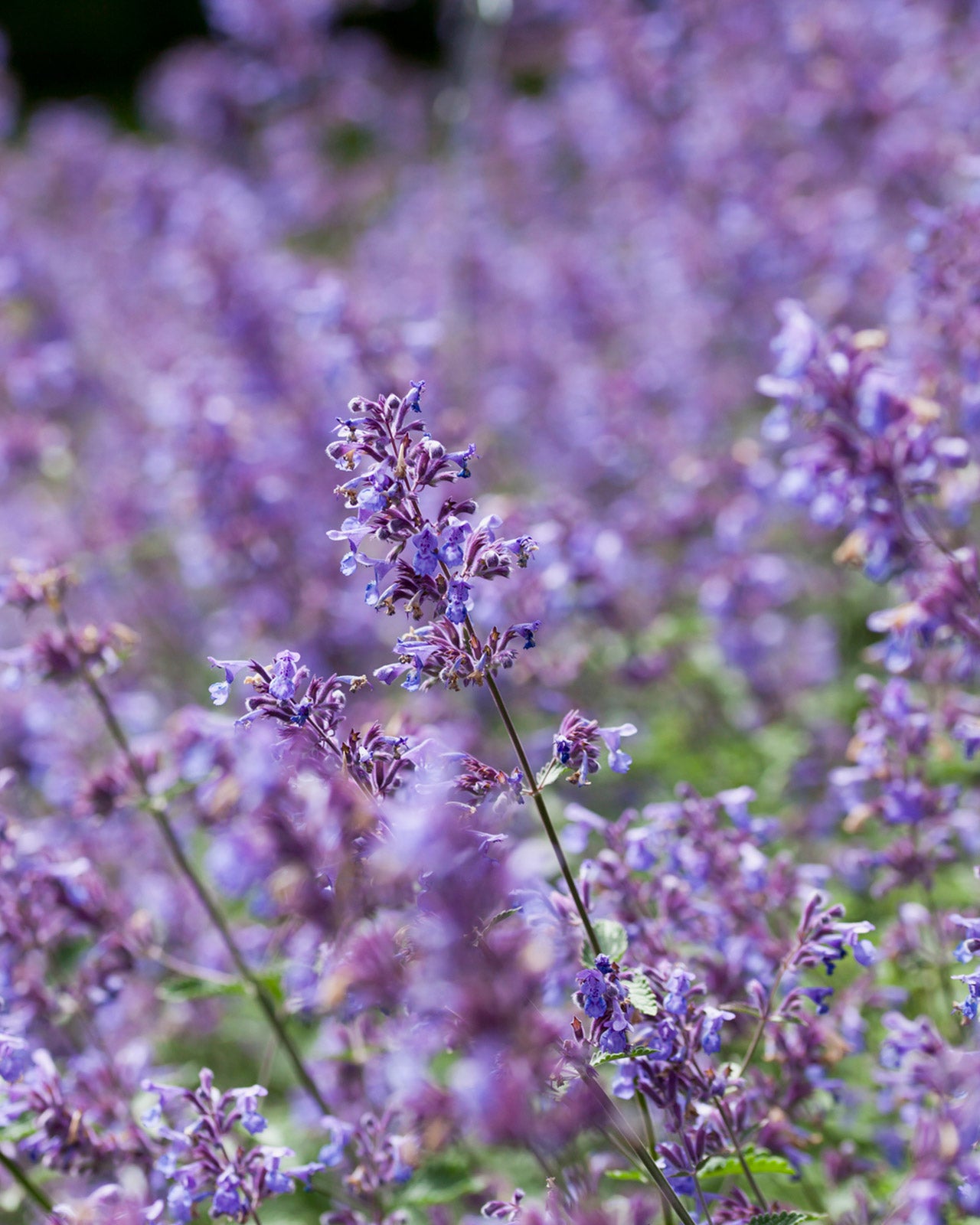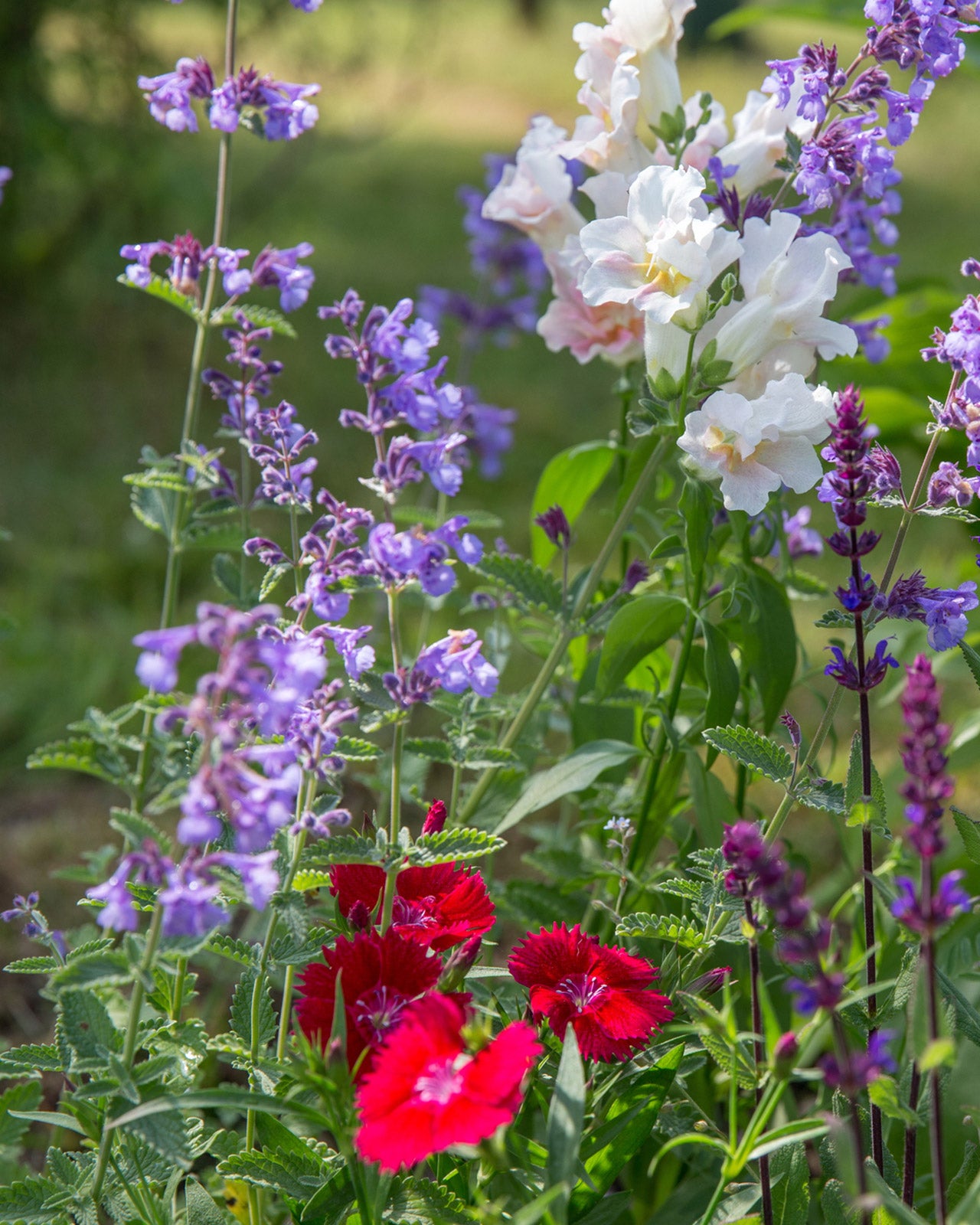

-
Why we like this plant
Nepeta 'Six Hills Giant' is a low-maintenance, drought-tolerant, and pollinator-attracting perennial, perfect for softening borders and adding a relaxed, natural feel to garden spaces. Its sprawling habit makes it ideal for pathway edging, mixed borders, and informal gardens.
-
About this plant
Nepeta 'Six Hills Giant' is a tall and fast-growing catmint variety, prized for its airy, sprawling habit and long-lasting lavender-blue flowers. Its aromatic, grey-green foliage forms a soft, mounded shape, making it perfect for spilling over paths, softening border edges, or adding movement to cottage-style plantings. Blooming from late spring to early autumn, this drought-tolerant and deer-resistant perennial thrives in full sun and well-drained soils. Its profuse flowering and ability to attract pollinators make it an excellent choice for wildlife-friendly gardens and low-maintenance planting schemes.
-
Key features
- Tall, free-flowering variety with cascading lavender-blue blooms
- Exceptionally long flowering period from late spring to early autumn
- Soft, aromatic silver-green foliage for year-round interest
- Attracts bees, butterflies, and other pollinators
- Drought-tolerant and deer-resistant
-

Eventual height and
spread -

Growth
habitSprawling, vigorous, clump-forming
-

Moisture
Drought tolerant; prefers dry to moderately moist conditions
-

Position in
the GardenBorders, pathways, cottage gardens, Mediterranean gardens, wildlife-friendly planting
Planting guide
- Plant in well-drained, sandy, or loamy soil
- Position in full sun for best flowering
- Space plants 60-90cm apart to allow for spreading
- Water well after planting to establish roots
Care tips
- Plant in well-drained soil in full sun
- Water occasionally; drought-tolerant once established
- Deadhead regularly to encourage continuous flowering
- Cut back by half after the first flush of flowers to promote a second bloom
- Divide clumps every few years to maintain vigour
Winter care
- Fully hardy and requires no winter protection
- Leave some stems intact for winter interest and wildlife
- Cut back dead growth in early spring to promote fresh shoots











